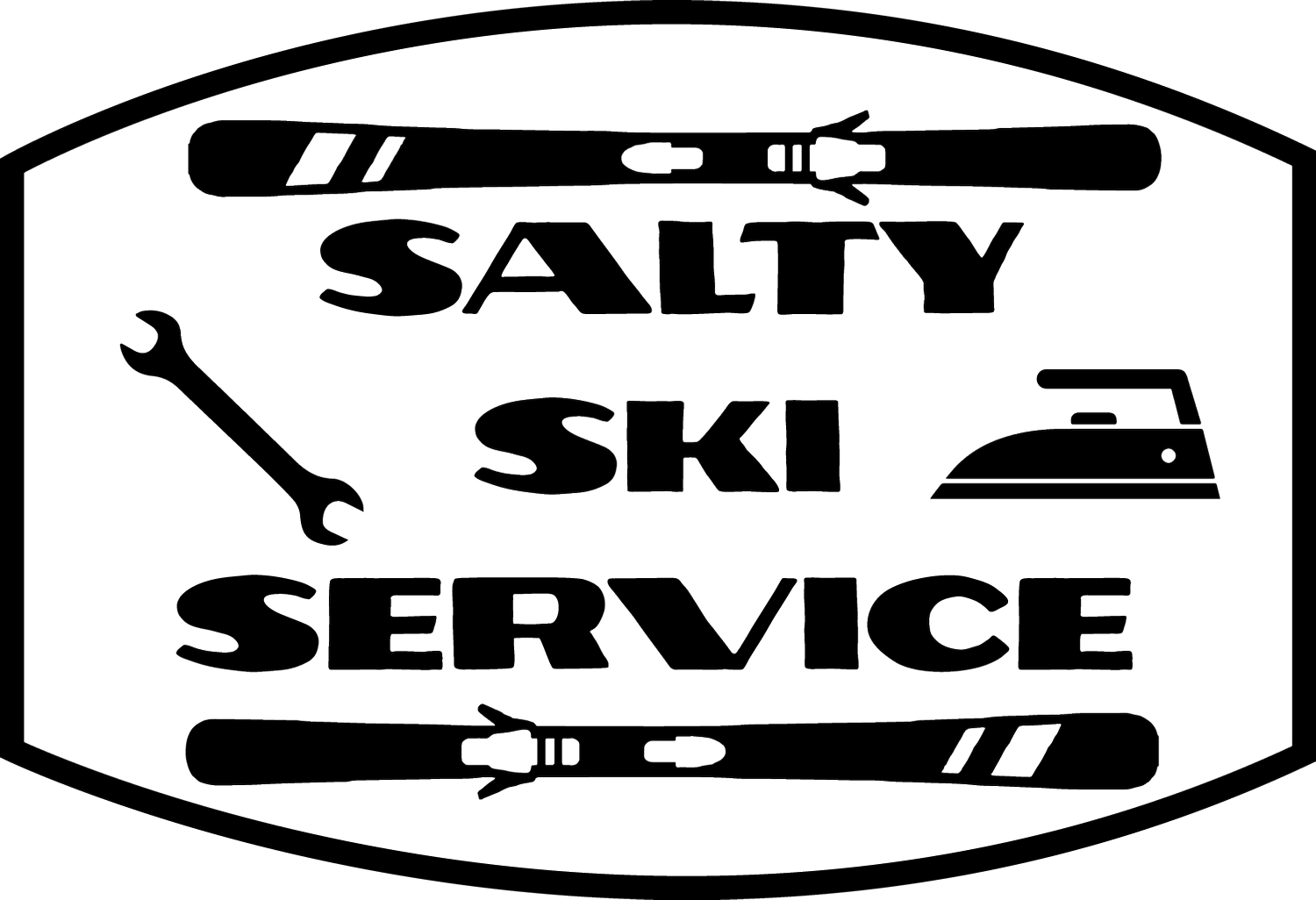Basics of Ski Maintenance (pt 1)
Pre-Season Ski and Snowboard Tunes
Most skiers and snowboarders dream about powder days, no lift lines, and their next day on the mountain, but rarely spend time thinking about how to keep their gear in good shape. In this post, we’ll go through how to get your snowboard ready for the season, whether you’re in the resort or the backcountry.
There is nothing quite like the first snowflakes flying to get the Salt Lake City valley thinking about skiing Snowbird, amazing moguls at Alta, or the terrain of to ski at Park City. If you put your snowboard away in a hurry last season, be ready to do a little bit of maintenance prior to the first lifts starting to turn.
Common signs to look for on a snowboard that needs a pre-season tune up will include rusted edges, chalky white or dry bases, large gouges in the base, or other damage to the ski. Often, spring skiing is harder on our gear than we expected, and skis and snowboards get put away with a few more bruises than anticipated. Here is what to look for, and how to take care of common issues:
Size & Function Check: Ensure that your bindings are still operating as expected, your feet fit into your boots (they may feel more snug than you remember - that’s normal! Your feet haven’t adjusted to being in boots just yet), and that your brakes still function properly. Common failure points include bent brakes from storage, broken buckles on your boots, or other small issues. Ski shops in Salt Lake City carry replacement ski brakes, and most shops will also have buckles, too. Repair when possible!
NOTE: For backcountry set-ups, check the glue on your skins to ensure that it is still in a single, continuous layer. When glue is stored in too hot of conditions, it can denature and peel off of your skin or clump together. In unfortunate instances, it can end up being left as a residue on your splitboard, too (trust us, that sucks). To prevent this, we recommend having your skins re-glued (it’s cheaper and better than buying new skins!).
Damage Control: Check your bases for any bumps, de-lamination, gouges, or irregularities. The spring rocks and FRANK are notorious for tearing skis and snowboards up, so it’s best to double check and address any issues. For small scratches and damage, fill with p-tex to be level. For large bumps, gouges or delamination, a more extensive repair may be necessary.
Rust Removal & Edge Sharpening: Often, if your snowboard is put away damp or not tuned, there will be rust that has formed and begun to eat away at your edges through the summer. You may also find some burrs (sharp bits of metal that have been chipped away by rocks or trees), or dulled edges.
Remove larger chunks or burrs with a bastard file, followed by a diamond stone for smaller imperfections.
To properly edge you're skis and remove the rust, first set the bevel using a file guide typically at 88 Degree unless you have specific angles that you like. Use care when doing this, as it is possible to take off too much of your edge and create a subpar carving experience, or worse, damage your skis permanently. After setting the bevel, begin filing your edge to sharpen it and remove any of the remaining rust. Its smart to slightly de tune the tips and the tails with some 220 grit sand paper or a gummy stoneto make sure your edges aren’t to sharp or catchy so you get a nice turn every time.Wax: A good snowboard wax is the best way to ensure you don’t set off the season riding goofy (kidding). Wax acts as both a lubricant for the snow to glide under your board, and a protective layer to prevent the base of your ski or snowboard from oxidizing. If your snowboard was put away without a wax last spring, we strongly recommend having it waxed to start off the season.
As always, Salty Ski Service can provide a same day ski or snowboard tune up or wax to ensure that you are in good shape to hit the slopes! If you’d like insight on what your skis or board needs, send us a text or give us a call, we’re happy to help you out!
Alta Ski Resort, Utah
Showing off with a fresh coat of powder, ready for your newly waxed skis.


